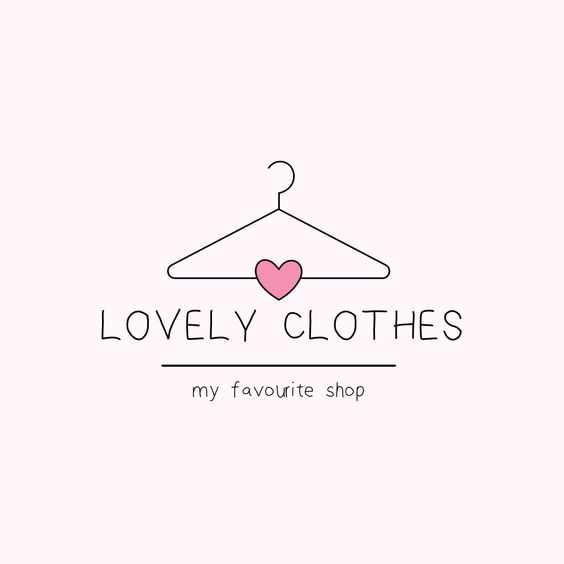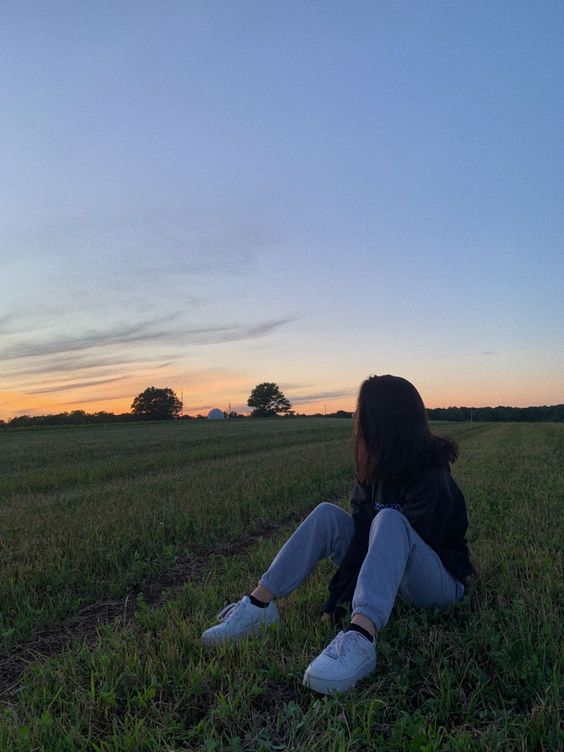Knitting 101: Different Types of Yarn: Explained
Knitting is the process of creating garments and accessories out of yarns. In order to make knits that look good and with good quality too, you need to pick the yarns accordingly. Not all yarns are created equal and the final product largely depends on the yarn you’re using during the knitting process. You have plenty of options to choose from. In the end, it all comes down to your personal preference.
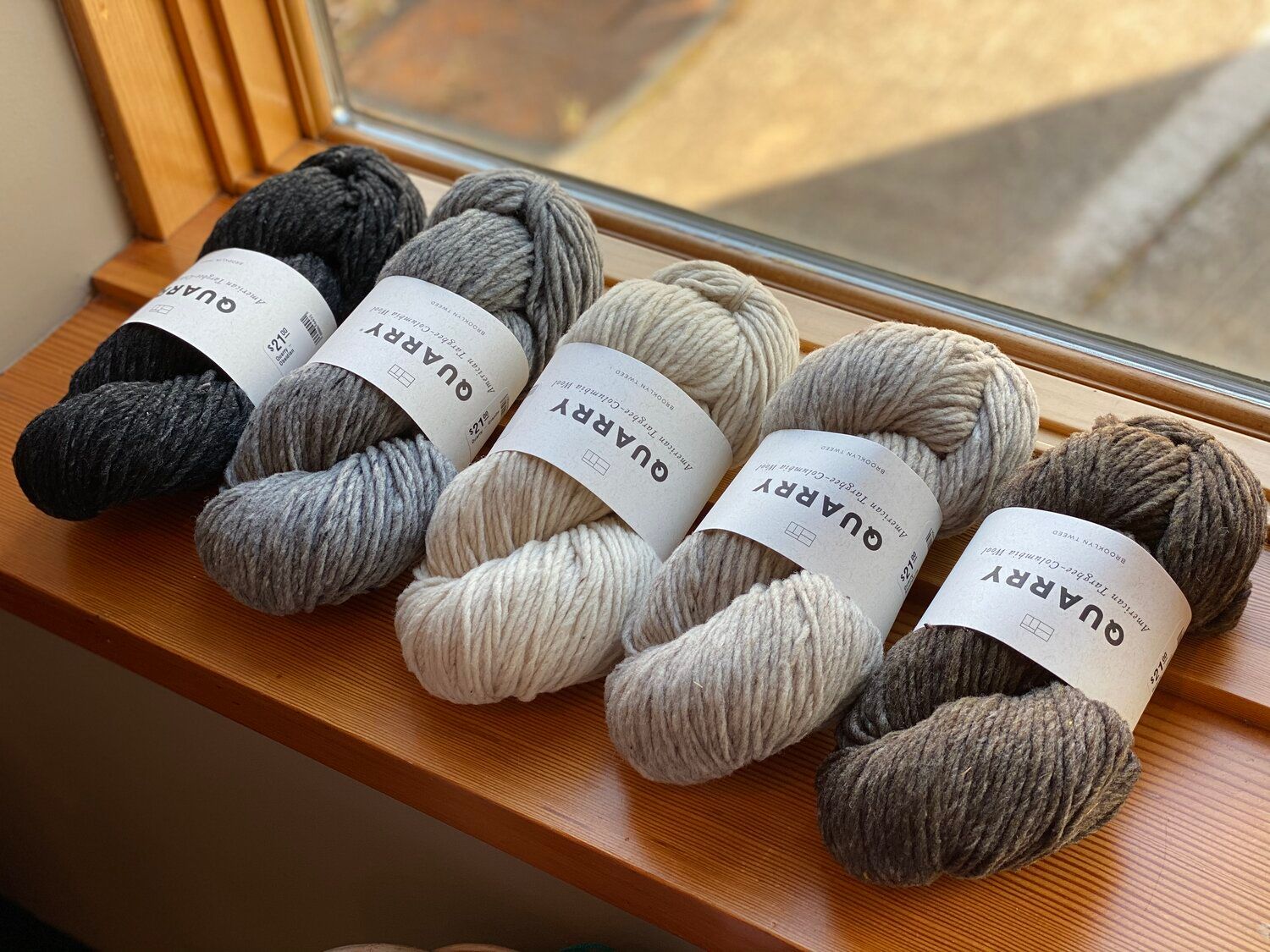
Brooklyn Tweed Quarry Yarns
How to start knitting? First, pick a yarn. The wool used for the creation of Brooklyn Tweed quarry yarns comes from Targhee-Columbia sheep that are actually cross-bred sheep. These sheep have high-quality wool that with proper processing turns into high-quality yarns. Their wool is actually the most valuable thing about them. Targhee wool is very soft, elastic and easy to work with. It’s not irritating at all, meaning that the garments created with this kind of wool are good for toddlers and people with sensitive skin too. Wool has a bad reputation of being uncomfortable to wear but that’s not the case with Targhee wool.
The wool of Targhee sheep is often compared to one of Merino sheep. The only difference is that Targhee sheep live in North America and the wool is produced there, while Merino is produced in Australia and New Zealand. Brooklyn Tweed yarns are 100% USA made and have outstanding quality.
Quarry yarns are chunky, warm and lightweight. They make for clothes and accessories that feel pleasant on the skin and offer nothing but warmth. You can use this type of Brooklyn Tweed yarn to make sweaters, blankets, coats and so on. There are quarry yarns in as many colours as you can imagine. You can go for basic black Brooklyn Tweed loft yarn or choose pastel colours instead. Depending on the knitting technique you’re using, you can include a couple of different yarns as well. Whatever it is that’s you’re knitting, it doesn’t have to be basic. You can make it different and unique by using multicoloured Brooklyn Tweed yarn or a couple of them.
You have the option to choose a regular spun yarn or a Brooklyn Tweed yarn that’s unspun. Unspun yarns don’t go through the spinning process and look a bit chunkier and overall different. Both types of yarn are great, it all comes down to how you want your final product to look.
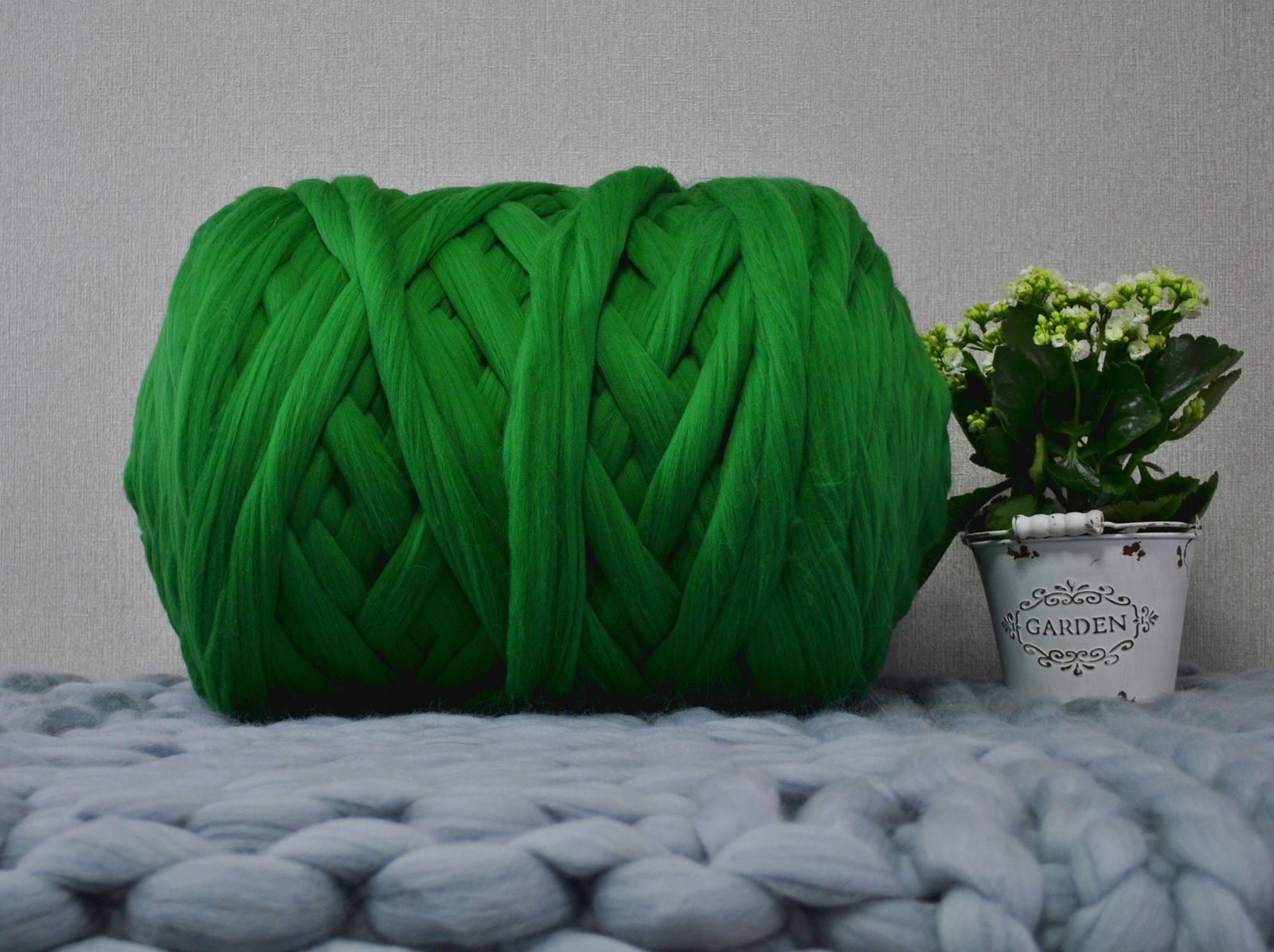
Australian Merino Wool Yarn
Merino wool is considered to be one of the highest quality and it is proudly made in Australia. Merino sheep have exquisite wool and precisely that is the reason why Merino yarns are more expensive than the others available. Then again, it’s worth spending a bit more money on yarns that will help you create the most breathtaking knits.
Merino wool is known to be a great insulator and it makes for knits that have incredible moisture-wicking properties. Merino wool has the capacity to absorb moisture up to 35% of its weight which is impressive. If you’re aiming towards creating knits that are functional and beautiful then Merino wool yarns are the best choice for you. Merino wool is very soft and makes for yarns that are soft too. It’s highly unlikely for Merino yarns to create skin irritations and rashes.
Another great thing about Merino wool and yarns made out of it is the fact that it is 100% natural and eco-friendly. Unlike synthetic yarns that are man-made in laboratories, Merino yarns come from Merino sheep. The sheep are shorn once or twice a year and they grow new coats after the shearing.
Yarns made of Marino wool come in diverse colours as well. You can pick a monochrome yarn or a multicoloured one. The knits made out of Merino yarn need to be washed on a gentle cycle with either warm or cold water along with mild soap. You should avoid fabric softeners because they can do more harm than good to Merino wool.
Yarn made out of 100% Cotton
Cotton is a natural fibre. It derives from the cotton plant or the cotton flower to be precise. When it comes to plant-based yarns, cotton is the best. It is durable, breathable and again feels pleasant on the skin and doesn’t cause skin irritations.
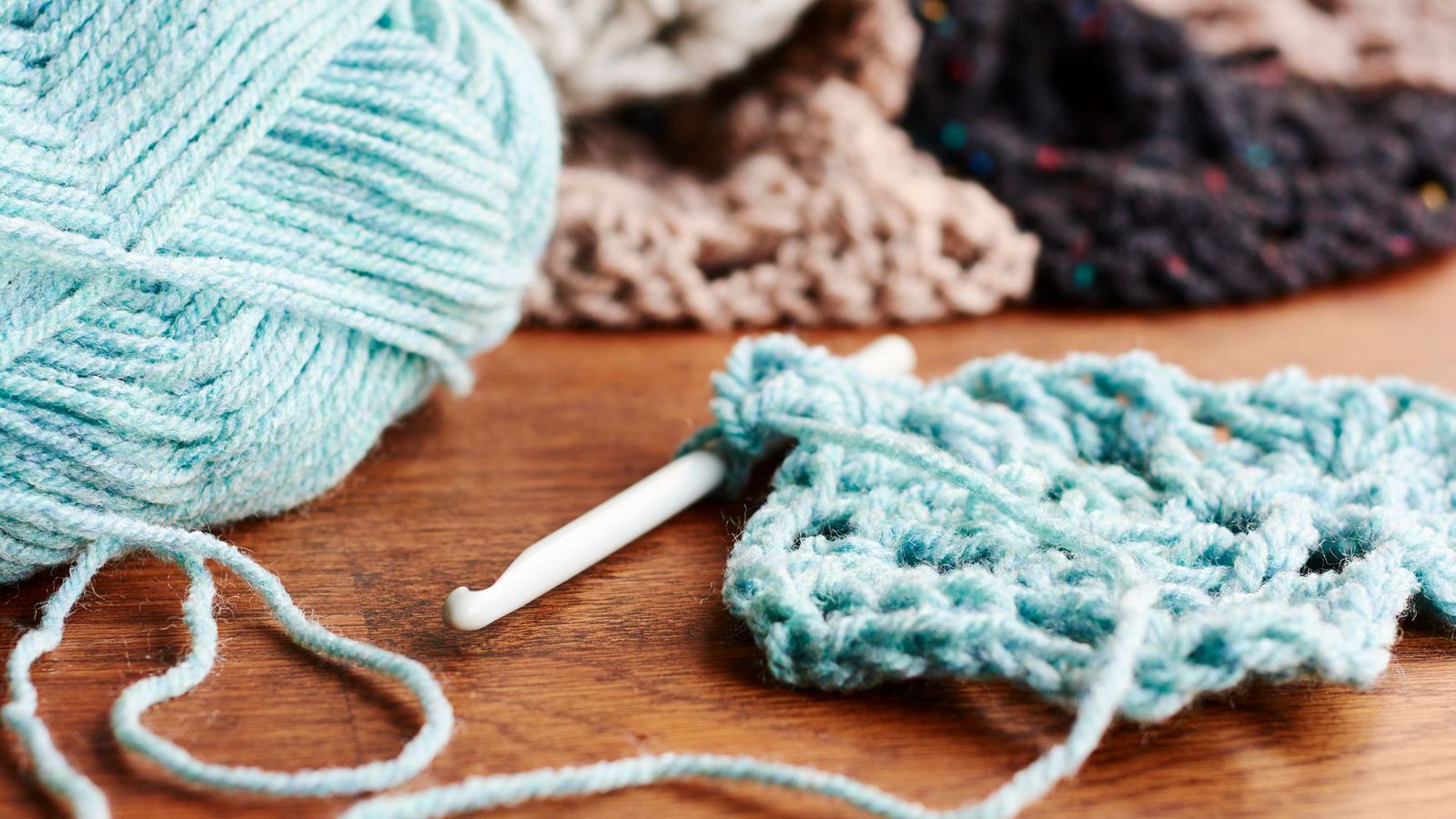
Cotton knits are not elastic but over time do stretch a little bit because of the weight of the yarn itself and gravity. You can wash garments made of cotton yarn in a washing machine and you can even tumble dry them.
What is cotton yarn best for? What can you knit with cotton yarn? Well, the choices are endless. From table accessories to baby clothes and adult cardigans you can create anything you put your mind to with cotton yarns. You can choose between yarns that are lightweight, ones that are medium weight and heavy cotton yarns. The lightweight yarns are perfect for baby blankets while the heavier ones are ideal for cushions and covers.
Soft and Fluffy Cashmere Wool Yarn
What type of yarn is cashmere? Cashmere wool is also animal-derived but it doesn’t come from sheep rather from Kashmir goats. Cashmere yarns are almost never 100% cashmere because the hairs of Kashmir goats are short therefore it is very difficult to create a yarn only by using them. For the production process to be easier, cashmere is blended.
Why is cashmere so popular? Cashmere yarns are incredibly soft, very strong and resilient and warmer than all the other types of wool. But there are downsides to cashmere as well. Knits made out of cashmere yarn are prone to pilling and of course, cashmere is expensive. You need to think through whether or not you’re ready to spend a ton of money for a yarn that may not turn out what you expected in the end.
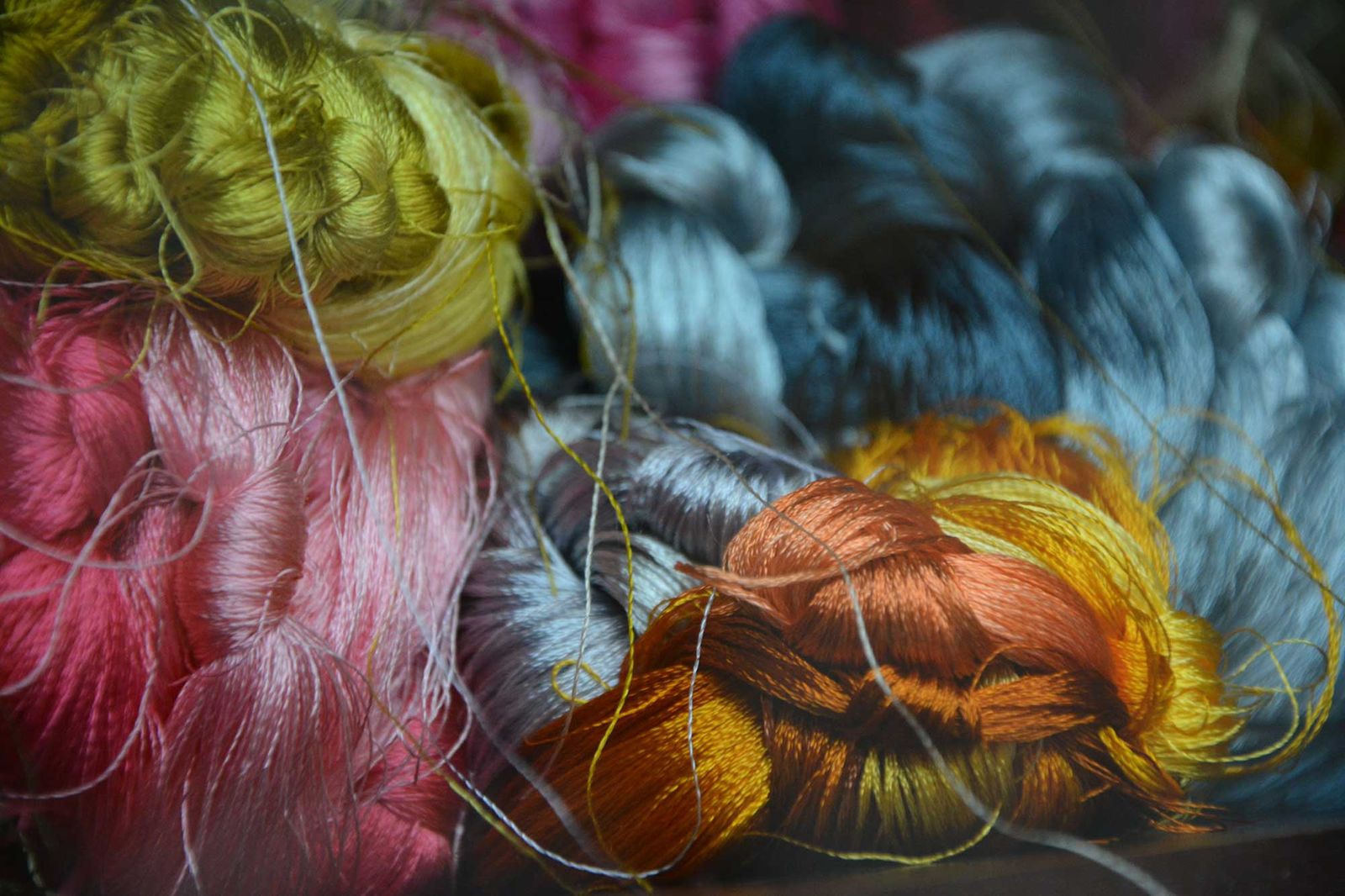
Shiny Silk Yarn
Silk yarns are yet another great option when it comes to choosing knitting materials. If you’re looking for something strong and shiny, you’ve found it. It is believed that the first ones to use silk yarns were the people in Ancient China. This natural fibre is easy to produce and it makes for clothes and accessories that are strong, soft and long-lasting. You can choose among the many different colours and create masterpieces with silk yarns.
Knitting is ideal for a mood booster and in the end regardless of the yarn you choose it’s important for you to enjoy the experience and ultimately the knits you end up making.

